WiredSydney

WiredSydney- In 2017 we submitted our scientific work for publishing at International Conference on Electrical Machines and Systems (ICEM) proceedings. After a successful review process, we received an invitation to attend the conference as a presenter. The conference took place in Sydney, Australia.


Based on our scientific contribution from previous years, we were also nominated to lead one of the parallel technical tracks as session chairs. Our scientific publication was in the field of low voltage, high power electric motor design for traction applications. Generally, we were focusing on a reduced voltage level for a safe solution in passenger car applications. Furthermore, one of our additional goals was to get rid of rear earth materials. The reasons therefore is, that they are considered to be not environmentally friendly and expensive. We have successfully achieved this goal.
To find out more and get our professional help and consulting in electric motor designs, just contact us.

As session chairs, we got an opportunity to get to know experts from all over the world. Moreover, we got in touch with the latest research topics in this field.
All in all, it was a great experience and we are looking forward to presenting our latest work at one of the upcoming events.
Disclaimer third parties: All product and company names are trademarks™ or registered® trademarks of their respective holders. Use of them does not imply any affiliation with or endorsement by them.


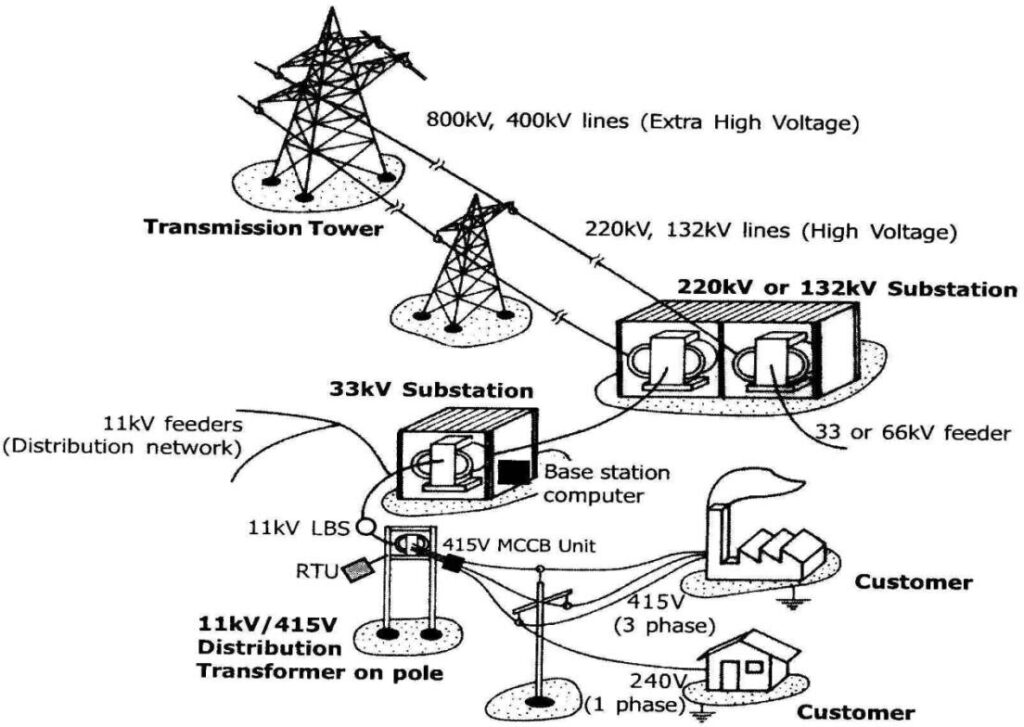
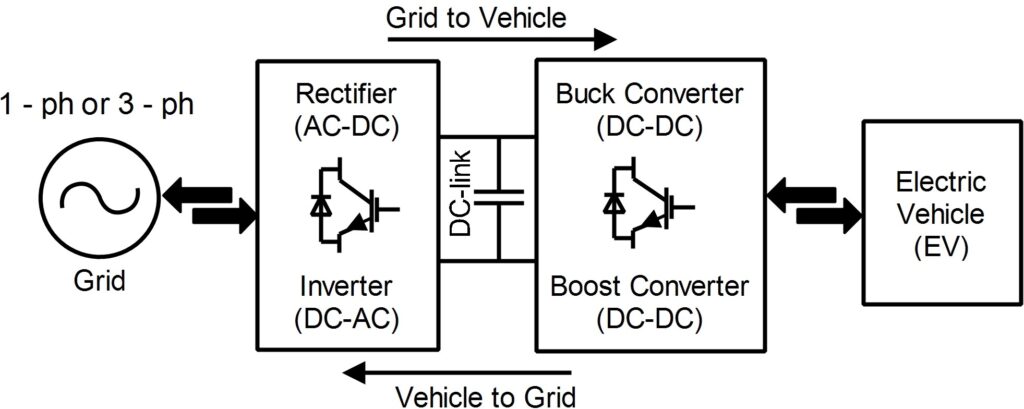
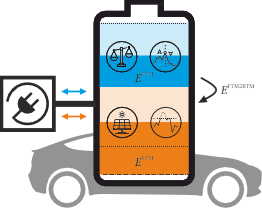
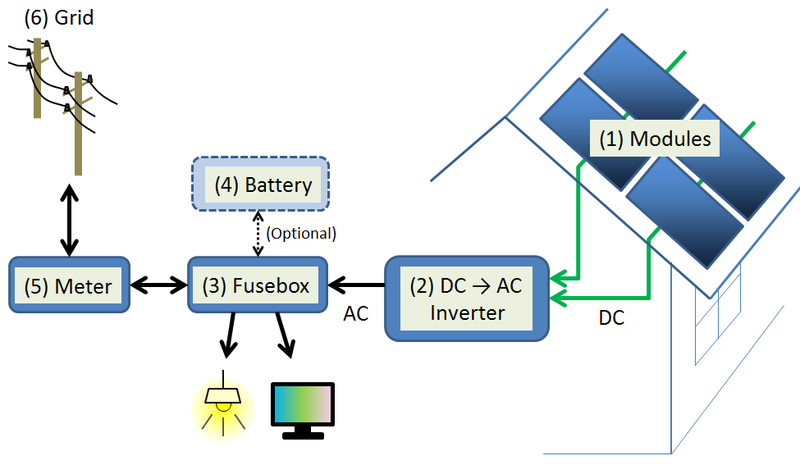
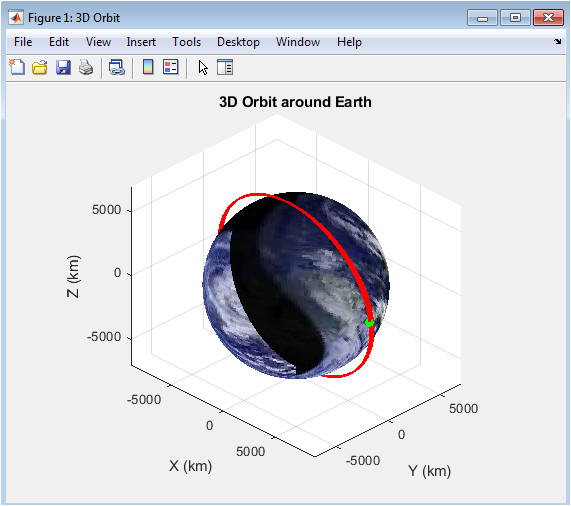






Responses